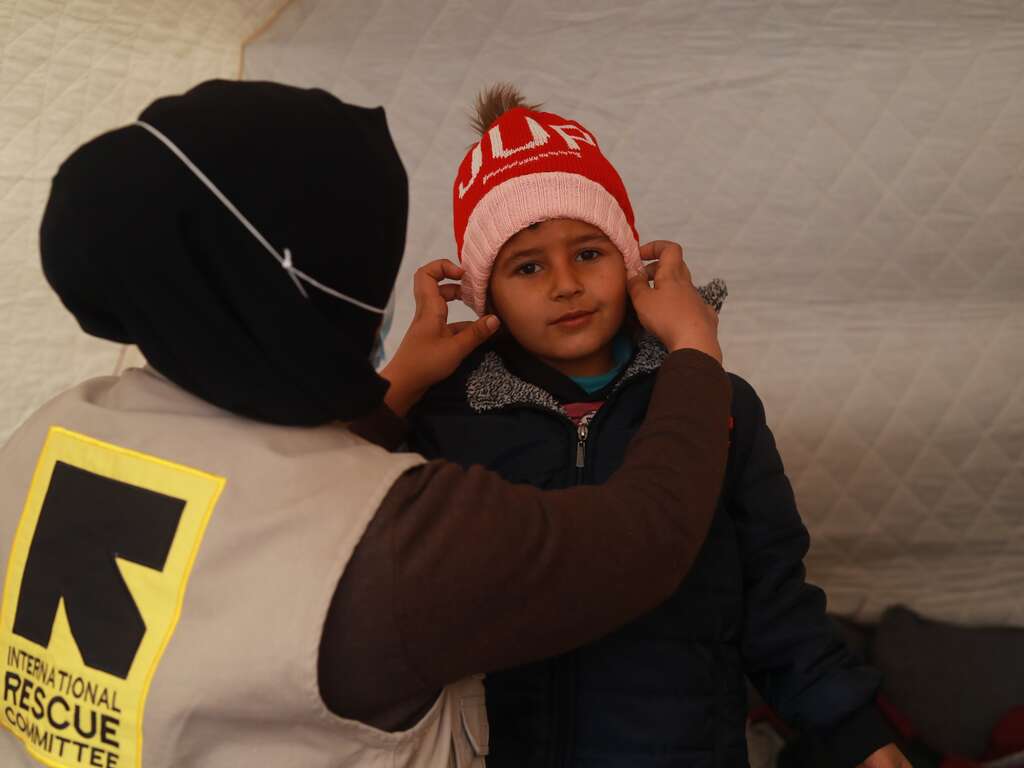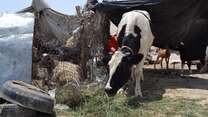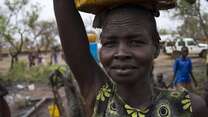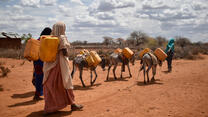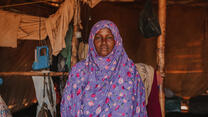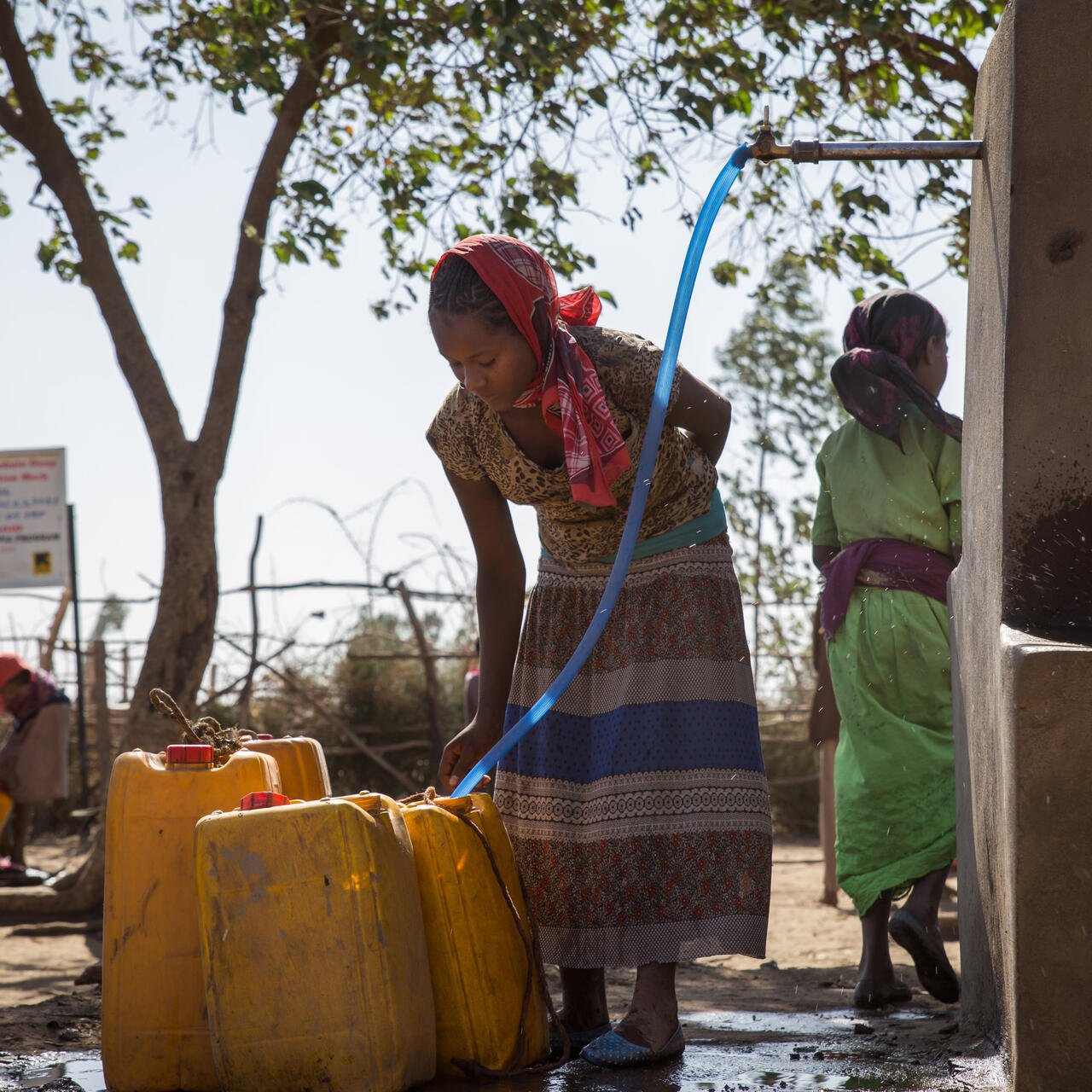
I am sitting in a classroom in a remote part of northern Ethiopia. On the chalkboard in front of me is an equation: specific heat = (m) x (c) x (change in t). There are thirty or so Eritrean 13- to 15-year-olds sitting around me. The teacher at the front is wearing a white coat. I remember that I scraped a B in Chemistry (but felt I deserved a D). The students say they want to become doctors. In another class the majority, when asked if they want to go to university, put up their hands. I am asking myself if this scene is the new face of humanitarian action.
Or is the reality more troubling? 1,000 unaccompanied children in the International Rescue Committee’s care (out of the 60,000 Eritrean refugees); 70 percent of the refugees male; human trafficking that led Eritreans from these camps to the deadly boat trip that ended in Lampedusa; very tough local terrain and increasing regularity of drought; a dream of resettlement but (fueled with rumors that self-harm can help you to the U.S. or Europe) little chance of it.
This is the sharp end of humanitarian relief. IRC is one of the longest standing agencies active in Ethiopia. We work closely with the Ethiopian government and the United Nations refugee agency, UNHCR. We are funded — mainly by USAID, OFDA, PRM, ECHO, DFID and UNHCR — for a comprehensive range of services from advanced water delivery and geological mapping to reproductive health and help for women suffering violence. The mapping work is state of the art, tracking everything from people movements to water holes. The water service goes from digging boreholes, building pipelines, pumping water into reservoirs for cleaning, and then delivering down into camps. The determination to get to the places that others cannot reach is really inspiring.
We have some 900 staff on salary, and over 1,400 refugees on stipend, helping deliver services. And we deliver for the emergencies that Ethiopia suffers as well as for the refugees. I am told that the average drought used to be every ten years; now it is every two or three. El Niño in the Pacific puts IRC on the alert for flooding six months later in Ethiopia. La Niña by contrast gets us preparing for droughts. The preparation is "disaster risk reduction" in action.
This country is growing economically. On the plane over a man in the construction business told me the economy had never been better. But the neighbours are unstable: Eritrea, with refugees spilling into the north; Somalia to the east, South Sudan and Sudan to the west. Only yesterday we got the call to help 2,000 people who came across the border from Sudan.
I am here to get a ground-level view of what the policy papers and the headlines can only hint at: the human reality of conflict, demographic change, religious fear and climate change. I will try and chart the contrasts and the lessons in three or four blogs.
